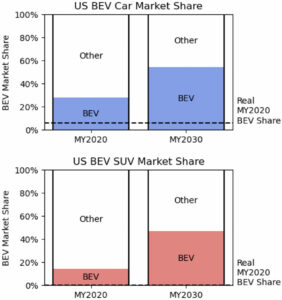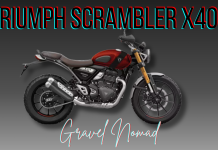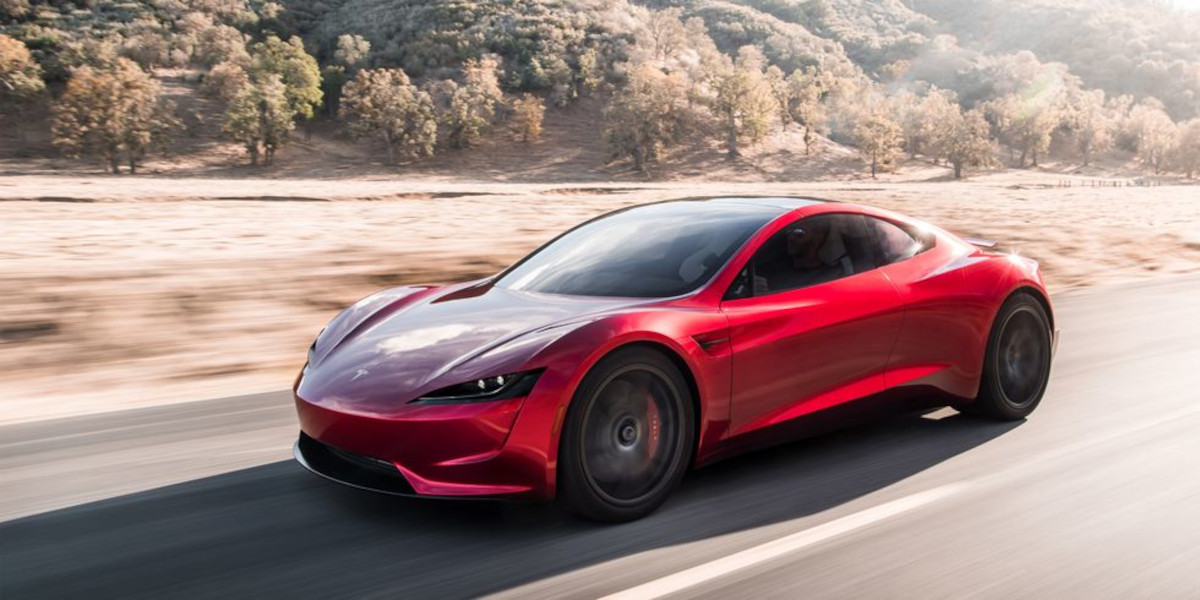“Electric Cars on the Rise: Projected to Dominate Majority of US Market Share by 2030”
The Carnegie Mellon and Yale Universities study, published in the Proceedings of the National Academy of Sciences, predicts that battery electric vehicles (BEVs) will likely constitute a majority or near-majority of passenger cars by 2030. The researchers attribute this shift in buyer sentiment towards BEVs to several factors, including the significant reduction in battery costs and the notable improvements in driving range and energy efficiency.
Electric
According to the study, the cost of batteries has decreased by a factor of ten between 2010 and 2021, making electric vehicles more affordable for consumers. Additionally, the average driving range of BEVs has improved by 200 percent, allowing for longer journeys on a single charge. Moreover, BEVs have become more energy-efficient, with a 15 percent increase in efficiency.
The availability of a broader range of BEV models also contributed to the changing customer preferences. The researchers conducted a market simulation, suggesting that electric cars and SUVs could capture roughly half the market share by 2030 if widely available and comparable BEV options exist. The study emphasizes that further technological advancements are crucial for adopting electric vehicles.

2030
The researchers also analyzed consumer preferences for specific models. By 2030, according to the study, consumers may prefer the Nissan Leaf over the Versa, the Mini Electric instead of the Mini Cooper hatchback, and the BMW i4 instead of the 4 Series Gran Coupe. Models like the Hyundai Kona and Kona Electric and the Volvo XC40 and XC40 Recharge are expected to have a balanced consumer preference.
The study analyses consumer willingness to pay (WTP) for BEVs. Currently, buyers are willing to pay a premium of $6,600 to $12,000 for BEV counterparts of gasoline vehicles, depending on the make and model. However, by 2030, with projected improvements in range, costs, and technology, the estimated WTP for BEVs could range from $5,300 to $8,000.
Conclusion
The study concludes that any perceived disadvantages of BEVs compared to gasoline vehicles are often offset by the benefits of improved operating costs, acceleration, and fast-charging capabilities, especially for BEVs with longer ranges.
The growth of the BEV market is good news for the environment. BEVs produce zero emissions, which can help to reduce air pollution and greenhouse gas emissions. The growth of the BEV market is also good news for consumers. BEVs are becoming more affordable and practical, offering several advantages over gasoline-powered vehicles, such as lower operating costs and quieter operation.




































